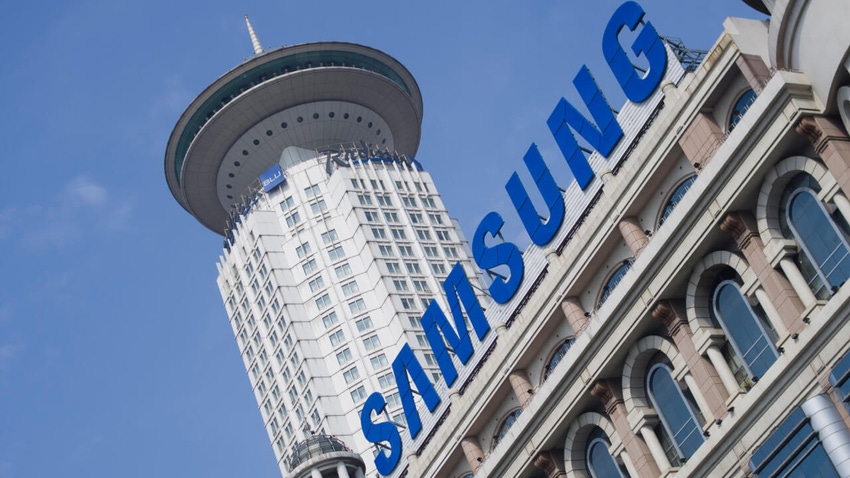Vodafone takes Samsung open RAN template into Romania
The market sees more 'single vendor' open RAN activity in Romania, where Vodafone will mainly rely on Ericsson's traditional kit.

It's starting to look like a Vodafone template for open radio access network (RAN) technology. Take a private cloud platform from Wind River, buy Dell servers equipped with Intel chips and use Samsung – perhaps the only big open RAN winner – for baseband software and radios. Having put this recipe to the test in the UK town of Torquay, home to Fawlty Towers (but hopefully not faulty towers), and kicked off a 2,500-site UK deployment, Vodafone is now taking it into Romania.
This precedes Vodafone's big tender for approximately 170,000 sites across Europe and Africa, the operator said via email, but should help it realize a target of using open RAN technology over 30% of the footprint by 2030. It is not, however, a massive deployment, covering only 20% of urban areas (just 90 sites across 20 of the top 100 cities, according to Vodafone). The other 80% of those have been given to Ericsson. And the Swedish vendor – despite its recent show of falling into line on open RAN – seems down to contribute traditional kit.
The whole Romanian network is being swapped after a European backlash against Huawei, the controversial Chinese vendor that supplies much of Vodafone's equipment. Indeed, according to earlier research by Strand Consult, Huawei was Vodafone's sole 4G RAN supplier in Romania. Ericsson, then, looks the main beneficiary of a 5G-era move to replace it, as in the UK, where the Swedish company is active across about 3,500 sites formerly served by Huawei. A Vodafone tender for remaining rural sites in Romania is planned.
Fake open RAN?
All this provides a further example of the oxymoronic "single vendor" open RAN. Essentially, that means vendors promise compliance with O-RAN Alliance specifications while operators continue to buy both the baseband software and the radio technology – the two main components of the RAN – from the same vendor. To Nokia, which seems to have lost out in recent deal-making, it is not really open RAN at all. "Will it be true O-RAN, or will it be O-RAN where you just have the same supplier on both sides of the interface," said Pekka Lundmark, Nokia's CEO, on the company's last earnings call.
Vodafone has promised at some point to integrate radios provided by Japan's NEC with Samsung's baseband software in the UK, but this has yet to happen. The introduction of "third-party radios" is similarly planned in Romania, it told Light Reading. Yet the shortage of multivendor rollouts so far, despite all the heralded progress on specifications, shows open interfaces have not brought an instant fix to the "lock-in" problem telcos first identified years ago. While market research firm Dell'Oro expects open RAN to account for up to 30% of RAN equipment sales in 2028, the multivendor variety could represent as little as 5% of the market, it has said.
A big hurdle appears to be the effort involved in systems integration, with an expert at AT&T estimating one in three research dollars spent by Ericsson and Nokia goes on this activity. Keen to avoid reliance on third parties, Vodafone is playing the systems integrator role for its own deployments. But that has meant adding several thousand software engineers to its ranks.
So far, moreover, Vodafone has only one completed open RAN jigsaw puzzle to show off. If it has succeeded with non-Samsung templates, involving IT companies other than Dell, Intel and Wind River, there has been little evidence of it. Skeptics will probably take that as a sign of the systems integration challenge.
Yet another concern is Wind River's ability to support more than just RAN software. Like other big European telcos, Vodafone has been investing in its own telco cloud and is not relying on Wind River as a platform for any other network functions, it has confirmed to Light Reading. But that will sound to critics like a siloed approach, with network functions split between multiple platforms rather than sitting on one horizontal layer. If RAN compute resources cannot be shared, what is the point of virtualizing?
Vodafone's rural network in Romania seems likely to adopt the same template. It has already named Dell, Samsung and Wind River when disclosing details of trials last October. The difference, in the rural case, is that it's been sharing that trial equipment with Orange, similarly reliant on Huawei in the 4G days.
After success there, Vodafone is now eyeing a network that "will eventually allow operators to reduce costs by sharing all hardware components (for example radio units) while independently managing their own RAN software on a common cloud infrastructure." This might address some of those silo concerns about Wind River, assuming it is the platform underpinning virtual RAN for multiple Romanian telcos. For beleaguered kit makers, it sounds like more bad news.
Read more about:
EuropeAbout the Author(s)
You May Also Like












